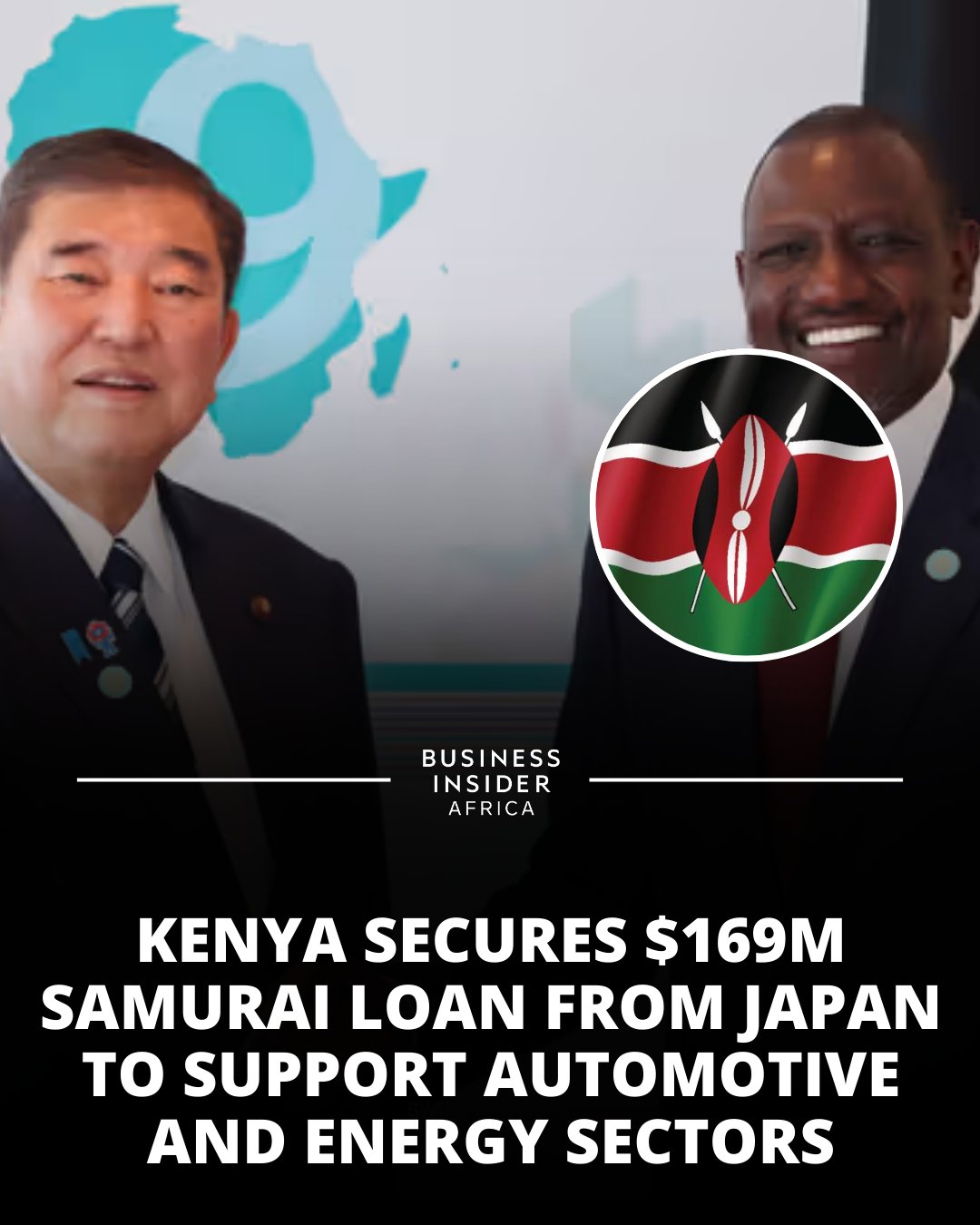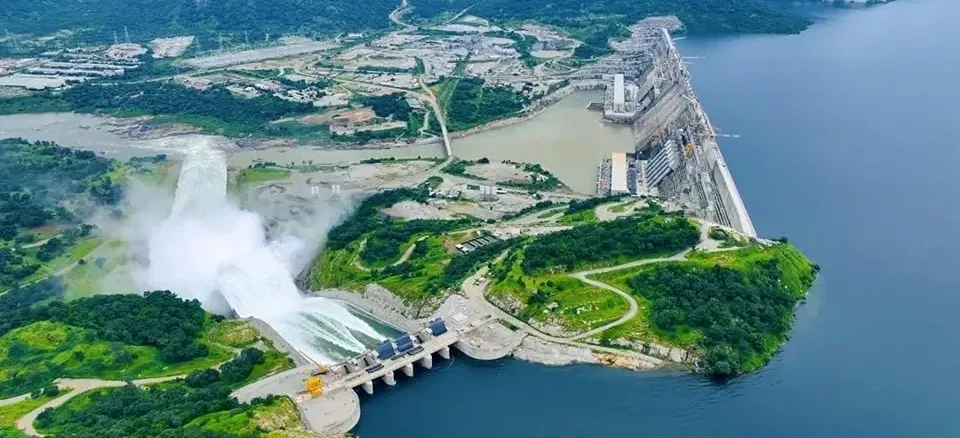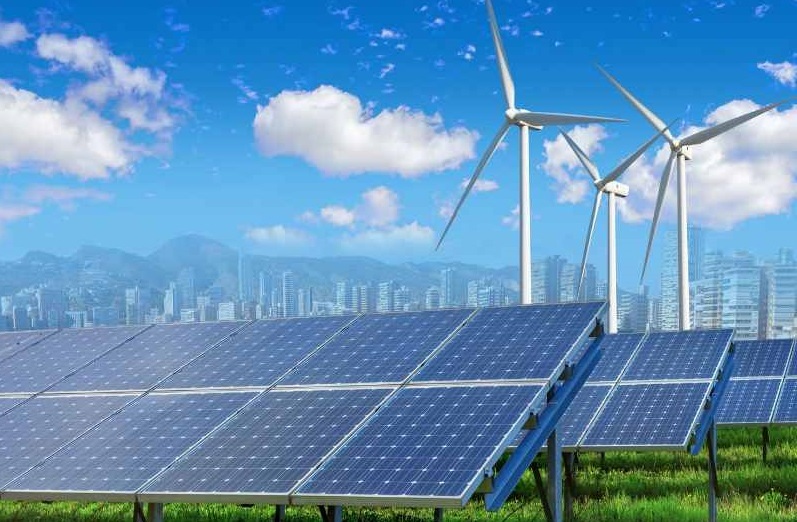By Thuita Gatero, Managing Editor, Africa Digest News. He specializes in conversations around data centers, AI, cloud infrastructure, and energy.
Approved by Cabinet this month, the Integrated Resource Plan (IRP 2025) redraws South Africa’s energy mix for the next 15 years, tilting more heavily toward gas, nuclear, and what it calls “clean coal.” There is one omission though: no electricity price path. That means South Africans still don’t know what this energy transition will cost them.
The IRP raises the operating threshold for gas-to-power (GtP) plants to 50%, meaning these facilities will run at least half the time instead of being used occasionally to plug supply gaps. Currently, open-cycle gas turbines, large engines that generate power quickly during peak demand, mostly run on diesel. The new plan envisions converting these turbines to gas and using them more regularly, a move Energy Minister Kgosientsho Ramokgopa says will “anchor” future gas demand and support industrial users.
That shift is partly driven by necessity. South Africa plans to decommission about 8,000 megawatts (MW) of coal-fired capacity by 2030. Replacing that power while keeping the lights on will require stable alternatives. The GtP plants, therefore, are expected to serve both homes and factories although industry currently consumes more than 60% of the nation’s electricity, leaving households exposed when supply tightens.
This gas expansion also ties into a looming “gas cliff.” South Africa relies on natural gas from Sasol’s Pande and Temane fields in Mozambique, which are running dry. Importing liquefied natural gas (LNG) is meant to bridge that gap if infrastructure and investment timelines hold.
The IRP 2025’s other policy shifts are equally bold. It includes scope for so-called clean coal pilots by 2030, the allocation of 5,200 MW (possibly up to 10,000 MW) for new nuclear projects by 2039, and maintaining Eskom’s energy availability factor, a measure of how often plants operate at between 66% and 68% for the next five years.
Planners insist these adjustments do not materially deviate from the “least-cost” scenario originally modelled, where renewable energy was the dominant choice. In modelling terms, “least-cost” refers to the mix of power sources that meets demand at the lowest total system cost, including generation, transmission, and reliability. But the government has not said what counts as a “material deviation” or how much the policy-driven choices might ultimately add to the bill.
Read Also: Inside South Africa’s Latest Gas Power Setback
And while the plan projects R2.2 trillion in cumulative investment by 2039, it sidesteps the question of how that cost will translate into electricity tariffs. A separate process is reportedly under way to develop a national price path, a standard economic tool used in markets such as the UK or Australia to forecast electricity price movements based on expected investments and inflation.















